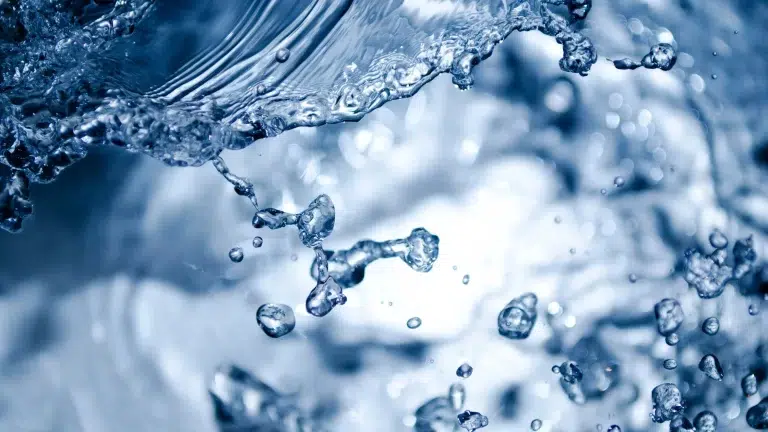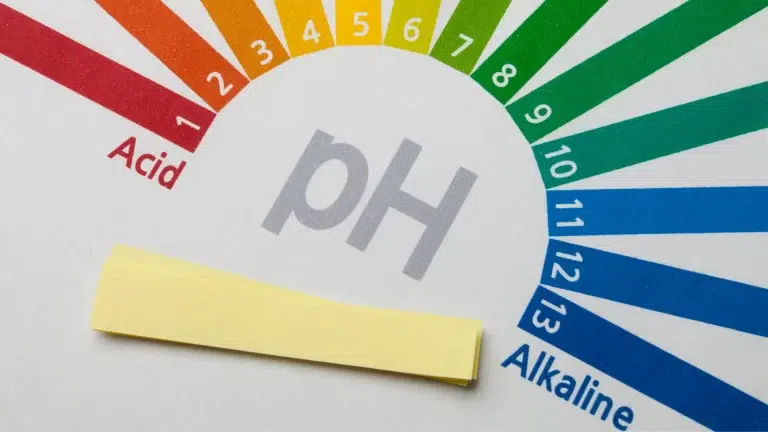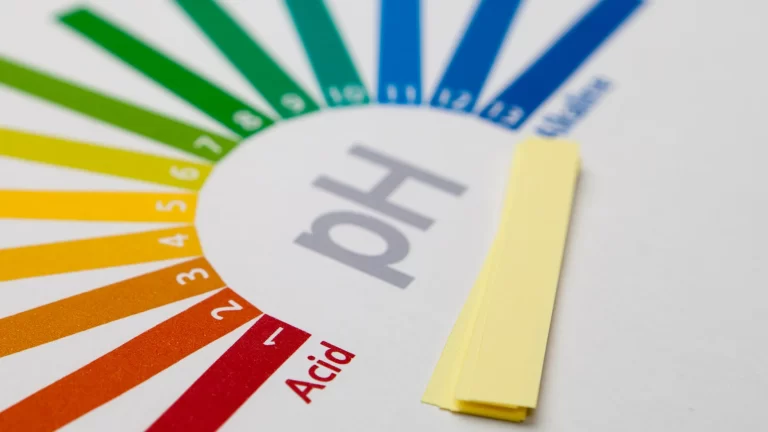MICROCLUSTERING: The Making Of A Myth (Part 4. Potential Negative Health Effects & Conclusions)
PART 4. POTENTIAL NEGATIVE HEALTH EFFECTS & CONCLUSIONS. POTENTIAL NEGATIVE CONSEQUENCES Lastly, the number of reasons why microclustered water would be bad for you outnumber those which people claim are reasons it is good for you. Here are just a few examples: So many things keep coming to me… Actually, the more I think about…










